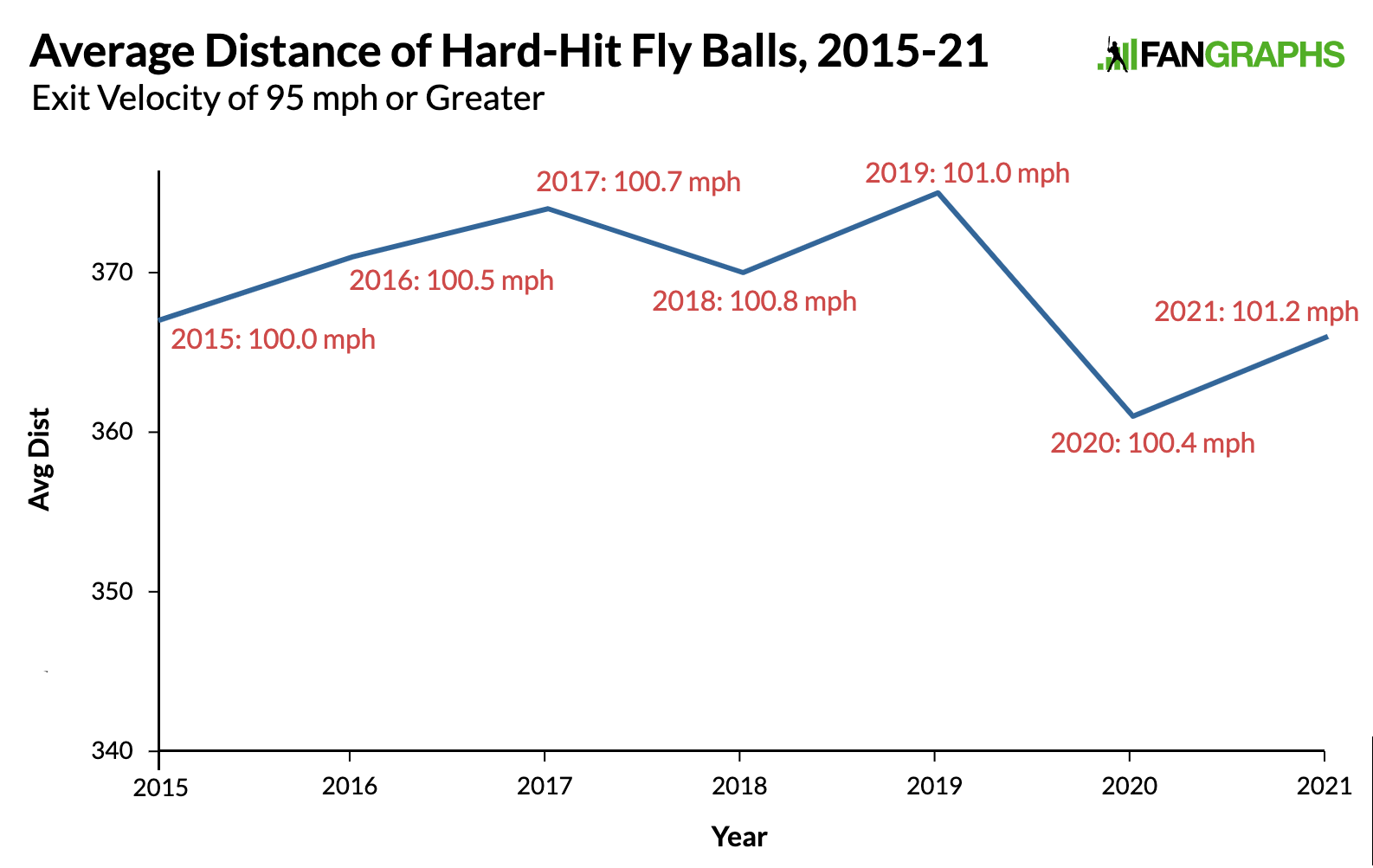The Relaunching of Joey Gallo
Joey Gallo didn’t win in his long-anticipated Home Run Derby debut — he didn’t even make it out of the first round or hit a single 500-foot drive at Coors Field on Monday night — but he earned his trip to Denver’s All-Star festivities nonetheless. After an injury-marred 2019 and a dismal follow-up in the pandemic-shortened season, the 27-year-old slugger is putting together his best and most complete campaign.
Gallo’s second All-Star appearance was less eventful than his first. He replaced starter Aaron Judge in the bottom of the fifth inning of Tuesday night’s game, but didn’t get to bat until the eighth, when he drew a walk against Mark Melancon in his only plate appearance. In his All-Star debut two years ago, he had entered in the sixth inning, and swatted a solo homer off Will Smith in his lone plate appearance in the seventh. That run, which at the time extended the American League’s lead to 4-1, proved to be the difference-maker in the Junior Circuit’s 4-3 win.
In between those two appearances, Gallo’s had more downs than ups, but he’s worked hard to earn his way back. Having slugged 81 homers while batting a lopsided but respectable .208/.322/.516 (113 wRC+) in 2017-18, he was in the midst of a breakout campaign when the ’19 All-Star game rolled around, hitting an eye-opening .275/.417/.643 (162 wRC+) with 20 home runs in 61 first-half games. An oblique strain that sidelined him for over three weeks in June left him 19 plate appearances shy of qualifying for the batting title, but at that point, his slugging percentage and wRC+ trailed only Mike Trout (by three points and 20 points, respectively). Alas, Gallo played just 10 games in the second half before being diagnosed with a fractured hamate in his right hand. He underwent surgery, and while he expected to be out only about four weeks, continued pain while swinging prevented him from returning at all. Read the rest of this entry »

 Jay Jaffe
Jay Jaffe